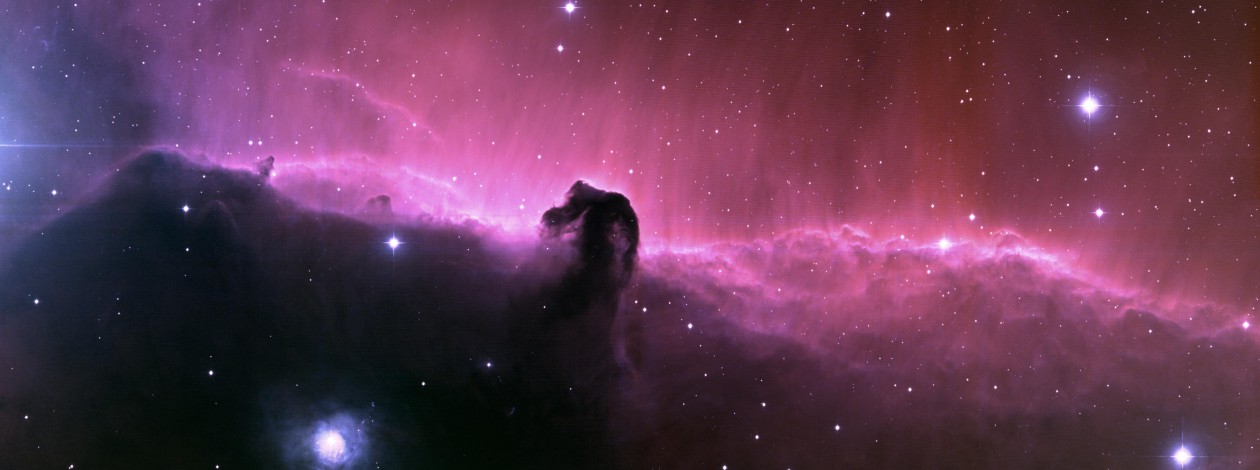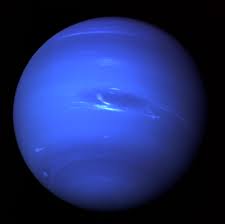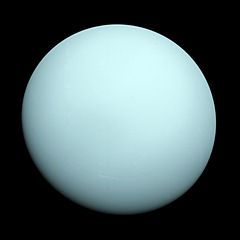Comet LoveJoy C/2014 Q2

This holiday we had a wonderful treat, Comet LoveJoy C/2014 Q2 made a wonder pass. Those int eh southern hemisphere had the best viewing and were able to come up with some amazing images. Unfortunately, I had to fight a horizon and some trees! Curse you trees! (Shakes fist at the trees.) As Always I like to provide a really good image so you know what you are looking at versus my image.
Comet LoveJoy Facts:
C/2014 Q2 (Lovejoy) is a long-period comet discovered on 17 August 2014 by Terry Lovejoy using a 0.2-meter (8 in) Schmidt–Cassegrain telescope.[1] It was discovered at apparent magnitude 15 in the southern constellation of Puppis.[1] It is the fifth comet discovered by Terry Lovejoy, means you need to look up the designations when looking for comet Lovejoy. . .you will see his others, you need to add the C/2014 Q2.
By December 2014 the comet had brightened to roughly magnitude 7.4,[4] making it a small telescope and binoculars target. By mid-December the comet was visible to the naked eye for experienced observers with dark skies and keen eyesight.[5] On 28−29 December 2014, the comet will pass 1/3° from globular cluster Messier 79.[6] In January 2015 it will brighten to roughly magnitude 4−5,[7] and will be one of the brightest comets located high in a dark sky in years. On 7 January 2015 the comet will pass 0.469 AU (70,200,000 km; 43,600,000 mi) from Earth.[8] It crosses the celestial equator on 9 January 2015 becoming better seen from the northern hemisphere.[9] The comet will come to perihelion (closest approach to the Sun) on 30 January 2015 at a distance of 1.29 AU from the Sun.[2]
How fast is it flying? Currently as I write this it is traveling at 80,365.54 MPH, relative to the sun, or 129,335.85 KPH.(35.93 KM/s) You can find the live stream data here.
Before entering the planetary region (epoch 1950), C/2014 Q2 had an orbital period of about 11500 years.[3] After leaving the planetary region (epoch 2050), it will have an orbital period of about 8000 years.[3]
Observing and Photographing:
Here is a photo that helped me find the comet:

I took advantage of it being near stars and objects I could find. In the Northern hemisphere it was a bit more difficult to see. I can’t wait till after January 9th! (Plus I have my autoguider and will know how to use it by then so no more fuzzy bad tracking photos!)
If this doesn’t help you can always use the following website: http://theskylive.com/c2014q2-tracker I highly recommend storing that web page at least the main one here : http://theskylive.com/comets Put that in your tool chest to find these things!
To find it I looked on the night of 25December 2014, but couldn’t find it even using binoculars. I had been reading all over that you can see it but I couldn’t see a thing. I realized that these were all reports coming from the southern hemisphere. . . .its a bit different up north. weird saying that from Florida.
Even through a 6″ Schmidt–Cassegrain it was a tough find right now. That’s OK I am actually very excited to see this is goign to brighten up and put on an even better show for us in the northern hemisphere. When I took this the object was traveling at about 80,365.54 MPH, relative to the sun, or 129,335.85 KPH.(35.93 KM/s) and was approx 50 million miles from earth or 80.5million KM from earth. . . To find it I had good calm skies, and I had to star hop, I looked near Messier 79 and looked for it near star HIP 25273.

How am I sure I got it? I mean it doesn’t’ have a tail. (It twice had it’s tail lost, most likely from solar winds.)[10] In the time frame starting at 11:43 PM (2343) Eastern time (GMT-5) 28Dec2014, until 12:09 AM or 0009 29Dec2014, the object had moved. The following Photo is untouched and un edited I only adjusted levels enough for you to see it.

I inserted it to show the movement between the two, in the time frame of 26 minutes.
I am adding another photo of the Original with the star labeled.

Photo was a bit tough to post process. I could only adjust the levels and curves a bit to brighten up the image. Yes you can see it in the photo, but when the file saves the histogram has to be stretched in order to make it visible. There is a science behind it, I just don’t get it, other wise the image looks dark as can be. My Camera (Orion StarShoot G3 Deep Space Camera) likes to make things reddish or blue so I have to adjust the color to reflect what you see with your eyes.
If you can’t get to photo it, at least try to see it, you got some time, but See it before 2050. . . otherwise you gonna have to wait a bit!
References
- “MPEC 2014-Q10 : COMET C/2014 Q2 (LOVEJOY)”. IAU Minor Planet Center. 2014-08-19. Retrieved 2014-09-14. (CK14Q020)
- “MPEC 2014-R69 : Observations and Orbits of Comets”. IAU Minor Planet Center. 2014-09-07. Retrieved 2014-09-14.
- Horizons output. “Barycentric Osculating Orbital Elements for Comet C/2014 Q2 (Lovejoy)”. Retrieved 2014-09-14. (Solution using the Solar System Barycenter and barycentric coordinates. Select Ephemeris Type:Elements and Center:@0)
- Yoshida, Seiichi (2014-12-07). “Weekly Information about Bright Comets (2014 Dec. 6: South)”. aerith.net. Retrieved 2014-12-09.
- Alan MacRobert (2014-12-15). “Binocular Comet Lovejoy Heading Our Way”. Sky & Telescope. Retrieved 2014-12-18.
- Bob King (2014-12-08). “C/2014 Q2 Lovejoy – A Binocular Comet in Time for Christmas”. Universe Today. Retrieved 2014-12-09.
- Seiichi Yoshida (2014-09-14). “C/2014 Q2 ( Lovejoy )”. Seiichi Yoshida’s Comet Catalog. Retrieved 2013-09-14. (September 2014 archive)
- “JPL Close-Approach Data: C/2014 Q2 (Lovejoy)” (last observation: 2014-10-02; arc: 93 days). Retrieved 2014-10-26.
- “Elements and Ephemeris for C/2014 Q2 (Lovejoy)”. Minor Planet Center. Retrieved 2014-10-29. (CK14Q020)
- (2014-12-27). “Comet Q2 Lovejoy Loses Tail, Grows Another, Loses That One Too!“. Universe Today. Retrieved 2014-12-29.





















